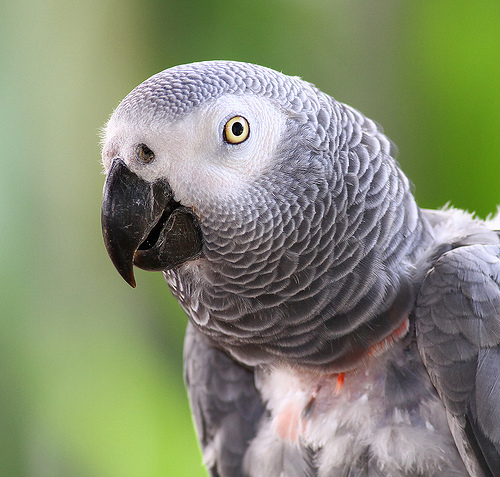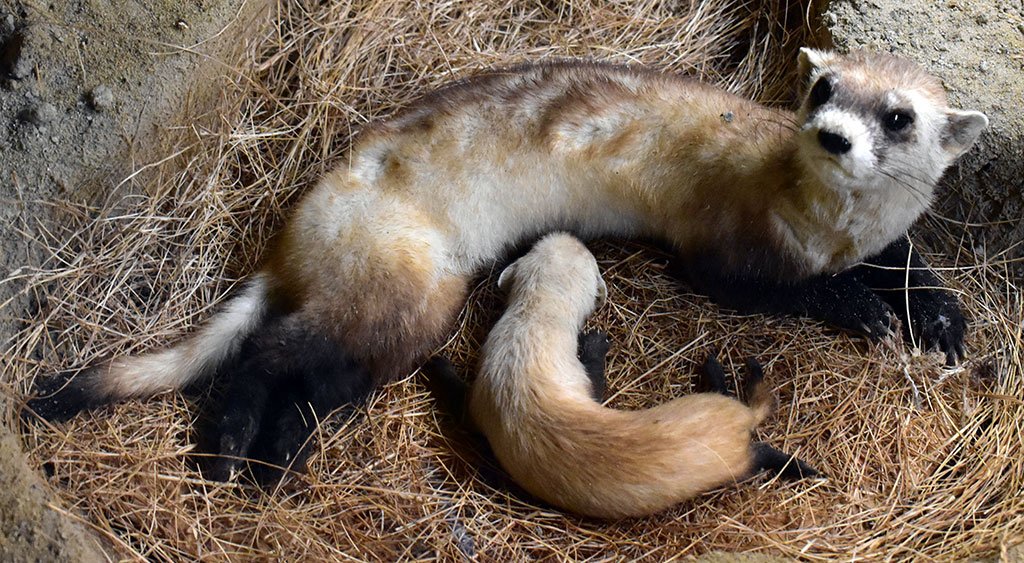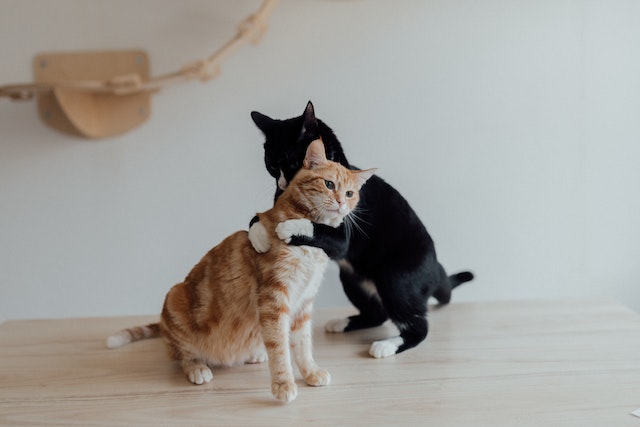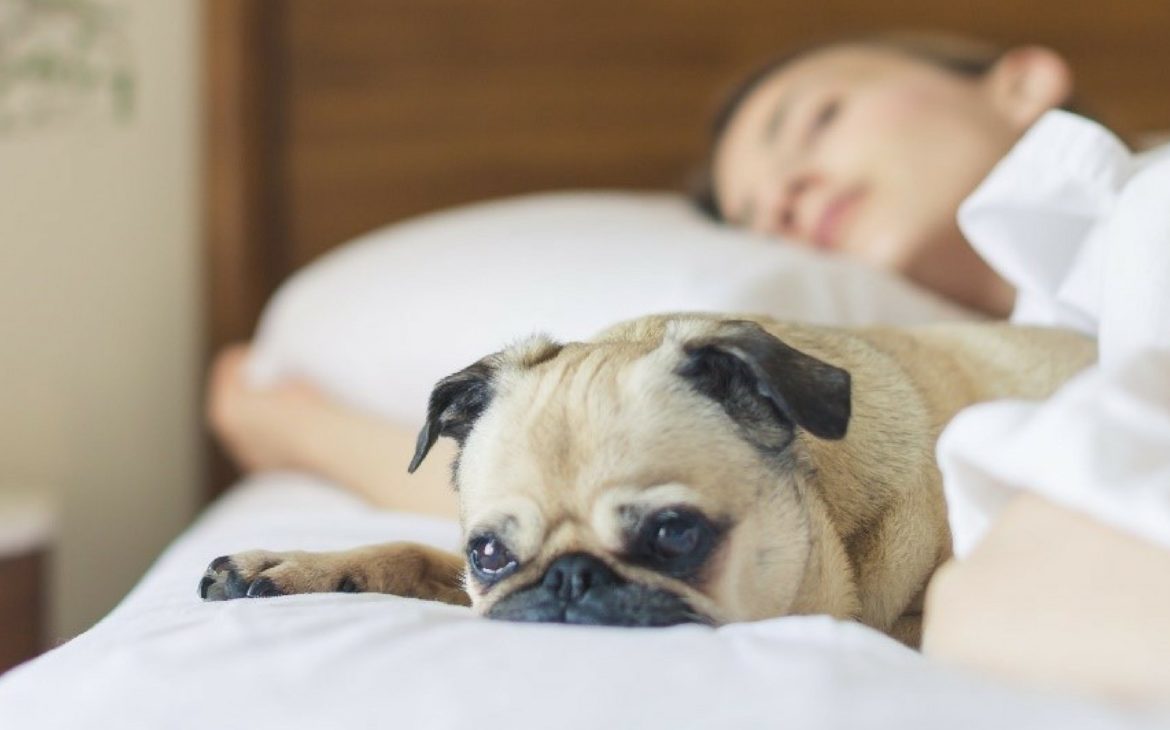If you’ve ever wondered how long do a parrots live, you’ve come to the right place. This article covers typical parrot lifespans, factors that affect parrot life spans, and common species. After reading this article, you’ll know how to choose a parrot that’s right for you and your family. And once you’ve chosen your bird, it’s time to decide on a living space.
Also Read: Tubby Cats Rarity
Typical parrot lifespans
Typical parrot lifespans depend on the species. Smaller species may live up to 20 years, and larger ones may live to 50 years. While the average lifespan is somewhere between 50 and 70 years, some species have reached over 100 years old. The longer your bird lives, the more attention you can give it, and the more you can do for it. Read on to learn more about typical parrot lifespans. We hope this article has been helpful in making the decision to own a bird.
In a new study, scientists looked at parrot cognitive abilities and lifespans. They hypothesized that larger brains make parrots live longer. While it is true that smarter birds may be able to solve problems better in the wild, larger brains require more time to grow, which in turn increases the parrots’ lifespans. To test this hypothesis, researchers collected data on brain size and average body weight as well as various developmental variables.
Factors that affect parrot lifespans
Researchers at Max Planck Institute for Animal Behavior studied the data of two17 different species of parrots to find out what factors affect parrot lifespans. The findings indicate that parrots with larger brains have longer lifespans than those with smaller brains. This increased cognitive ability could have helped parrots solve problems in the wild. But other factors may play a role as well. These studies are the first to relate parrot brain size to longevity.
Aside from the environment, diet and socialization are all factors that affect parrot lifespan. Those with a varied diet and regular exercise have longer lives than those kept in captivity. Some species of parrots live 50 to 60 years in the wild. They are much more susceptible to diseases if they are not cared for properly. They also receive inadequate nutrition. Captive parrots require better care and veterinary attention to achieve an average lifespan.
Common species of parrots
Regardless of the breed and environment, some parrots live for up to ninety years. This remarkable longevity is not related to their size or beauty, nor is it a result of their impressive mimicking abilities and brilliant colors. Instead, scientists believe that this is due to the relatively large size of their brains. However, the question remains: what is their secret to long life? Here are some interesting facts.
The longest-living species are the African grey parrots. They live up to sixty years in captivity. Similarly, the blue and gold macaws have a reputation for being very long-lived birds. The blue and gold macaw is capable of living for 50 years in captivity, but they usually live for about thirty to thirty years. They are among the most popular types of parrots because of their long lifespan, and they’re very sociable.
Their lifespans in captivity
Weasels and stoats are carnivores. Both are highly dependent on a constant supply of prey. Their short gestation periods and large litter sizes allow for rapid development and sexual maturation. They also have the shortest lifespans of any carnivore, with annual mortality rates of around 90%. Yet, they exhibit amazing adaptations to their ecological niche. Their lifespans in captivity are about ten years longer than those in the wild.
The current captive breeding of primates poses numerous risks to both people and the animals themselves. A captive primate safety act would prevent the mistreatment of wild primates and provide a safe environment for these animals. But would such legislation be enough to protect them from the ravages of over-exploitation? Expert opinion differs, but many agree that private ownership of primates is harmful to human and non-human primate welfare.






